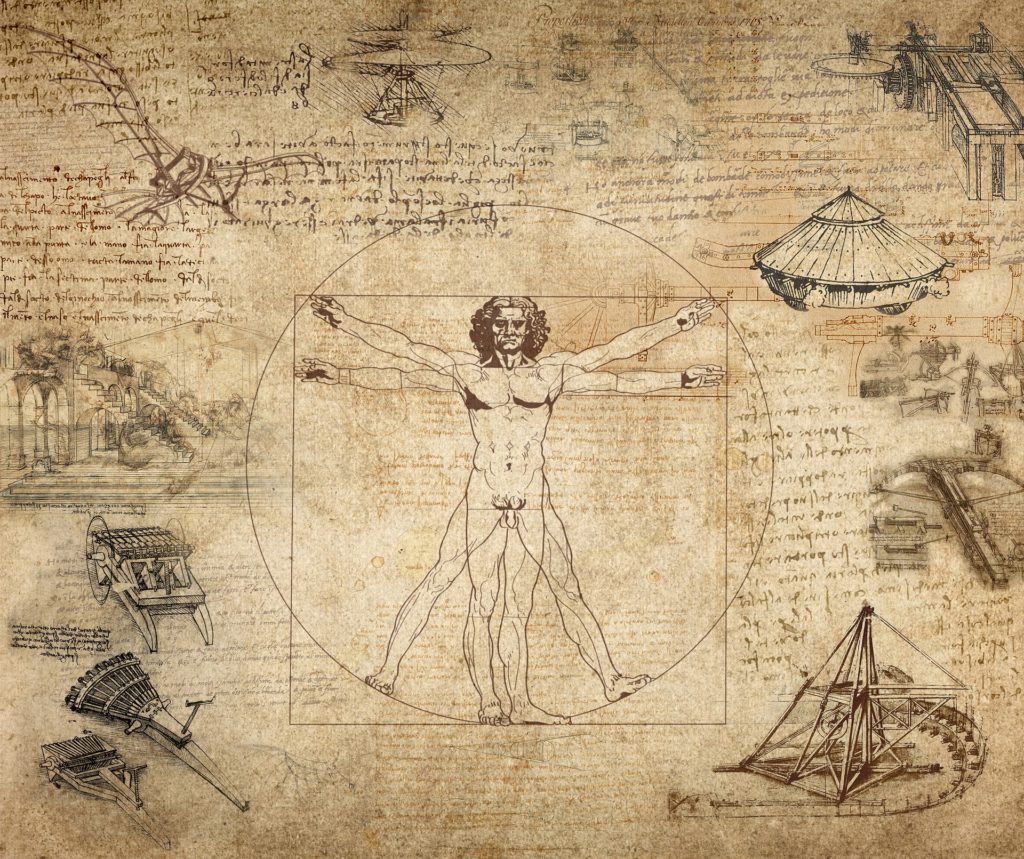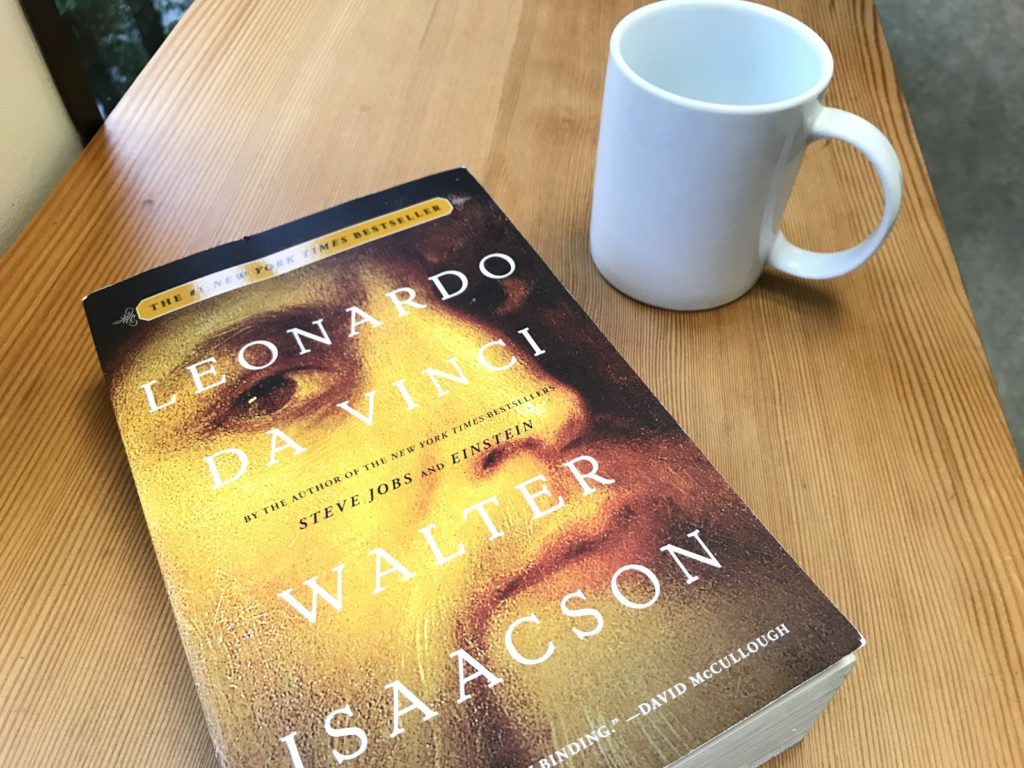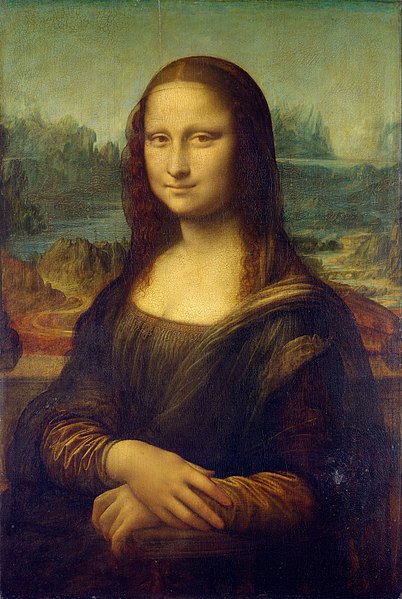
One night about four years ago, my 10-year-old daughter couldn’t sleep. She came into my bedroom in the middle of the night, worried about the risk posed by black holes. A quick Internet search told us that the nearest black hole was 2,800 light years away, and while it was too late at night to do the math, at 186,000 miles per second… it was really far from us.
In her mind, however, it was still a risk. “Black holes move, Daddy.” They do? I hadn’t considered that, and I was never curious enough to research the answer.

I should have been more curious. Indulging and nurturing curiosity is a major theme of the book I’m currently reading: Walter Isaacson’s excellent biography of Leonardo da Vinci, which offers a revealing glimpse of an insanely active mind (and person). Isaacson is clearly obsessed with the concept of genius, having also written extensively on the lives of Albert Einstein, Steve Jobs, and Benjamin Franklin. “Talent hits a target no one else can hit,” he writes, quoting the philosopher Arthur Schopenhauer. “Genius hits a target no one else can see.” Indeed, given that he innovated
- Engineering and architecture (lantern tower of the Milan Cathedral),
- Painting (Mona Lisa, The Last Supper),
- Anatomy (correctly hypothesized how the aortic valve functions), and
- Science (first to understand the hydrologic cycle of water),
Leonardo’s genius may seem out of reach to the rest of us. But even if we never revolutionize a theory or change a school of thought, can we at least learn to think like Leonardo? Isaacson points out a number of inspirational lessons we can take from Leonardo’s life — here are some of my favorites:

1. Observe closely
Leonardo had an incredibly careful, observant eye. Isaacson claims this was not something he was born with, but a skill he systematically nurtured over the years. Leonardo even developed his own rules for a method of observation. “If you wish to have a sound knowledge of the forms of objects, begin with the details of them, and do not go on to the second step until you have the first fixed well in memory.” I’ll never be able to make illustrations like Leonardo (my drawings top out at stick figures) but perhaps I can improve my visual skills.
2. Challenge your assumptions
Leonardo worked like a scientist, constantly checking and rethinking ideas. For example, he originally theorized that streams and springs were the product of a subterranean cycle wherein ocean water was forced into the earth under pressure and, driven by solar heat, cycled to mountaintops to emerge as streams. But streams, he realized, are more prevalent in cold climates than hot ones. So he reworked the idea over many years, finally arriving at the proper conclusion that we all now learn in grade school: It’s all evaporation and condensation.
3. Don’t go it alone
Throughout his life, Leonardo surrounded himself with likeminded, creative individuals. These people nurtured him, challenged him, and inspired some of his finest work. In fact many of his anatomy studies — including his Vitruvian Man — were collaborative efforts. As Isaacson puts it, “Genius starts with individual brilliance… but executing it often entails working with others.”
4. Set it aside if you get stuck
We all need breaks, even da Vinci. He was famously known to study a painting, make a few brushstrokes, and then move on to something else. In that spirit, I can admit that I started on the idea for this blog post back 2016. It just took reading about a genius to finish it!
Oh, and black holes? My Leonardo of a daughter had it right: They do move! Just not nearly fast enough to ever endanger us.
